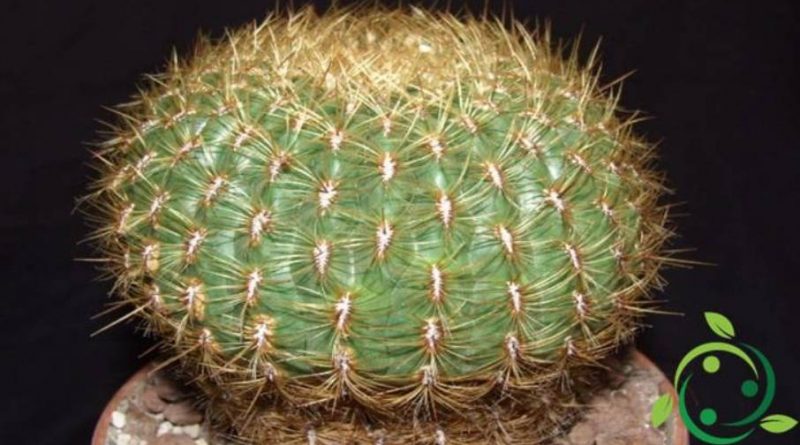How to cultivate Oroya
How to cultivate Oroya
The Oroya (Oroya Britton & Rose) is a genus of succulent plants, of small and medium size, which belongs to the Cactaceae family.
These are plants originating from the Andes area, and precisely from the area of the city of Oroya (from which they take their name) from a district of Peru, characterized by a globular and slightly cylindrical stem, surrounded by ribs with yellow thorns areoles – orange, with flowers that vary in color from pink-orange to red.
Three species belong to the genus Oroya, which are:
– Oroya baumannii Knize;
– Oroya borchersii (Boed.) Backeb. – with flattened areolar spines that cover almost the whole plant and pink-orange flowers;
– Peruvian Oroya (K. Schum.) Britton & Rose – with dark green stem, whose ribs are flattened and covered with areolas with long and copious thorns and red flowers.
In this card we see how to grow Goldya following the most appropriate agronomic tricks.
We must immediately say that the Oroya have slow growth and require attention similar to those of other globular cacti.
It is advisable to pay particular attention to the temperature because too low temperatures could create splits in the stem, destined to leave unsightly scars.
For cultivation it is good to choose a position in full sun, with warm temperatures. The plant is also resistant to short frosts, but it is better that these never fall below 8-10 ° C to avoid possible splits in the trunk, which are not fatal but leave unsightly scars.
For the choice of the substrate it is good to use a fertilized, particularly porous and draining soil from coarse sand in order to avoid stagnation of water that would lead to plant rots. It is advisable to add a collar of pure sand around the base of the plant to minimize the risk of rot.
For water supplies, regulate with watering only when the soil is completely dry and suspend completely in winter. In spring and summer it can be useful, in a dry environment, to spray every 3-4 days.
For the fertilization you can use a specific product for cacti. It is sufficient to fertilize once a month during the vegetative period.
These plants are then subjected to repotting every 2-3 years, given the slow growth of the plant.
For reproduction this can be done through seed, which must be placed in a bed of damp sand at a temperature of 21 ° C in spring or summer. The following year the shoots can be planted in a suitable soil. Due to the slow growth of the shoot, it is sometimes preferred to graft onto a larger plant in order to obtain more robust specimens.

